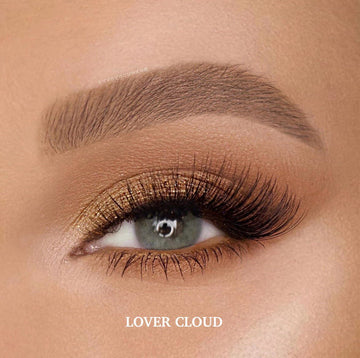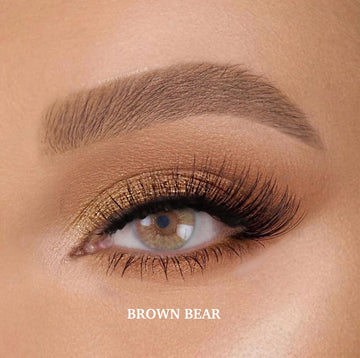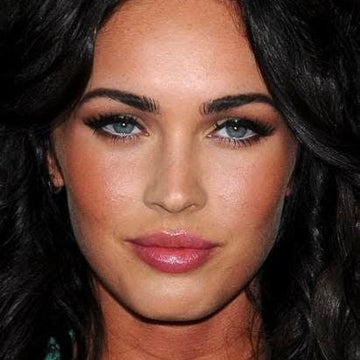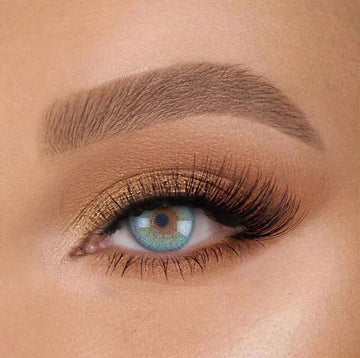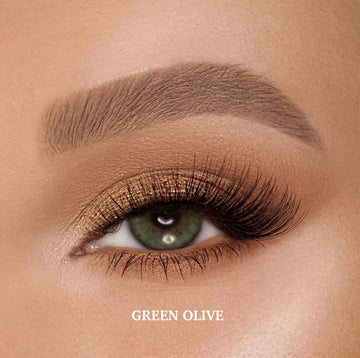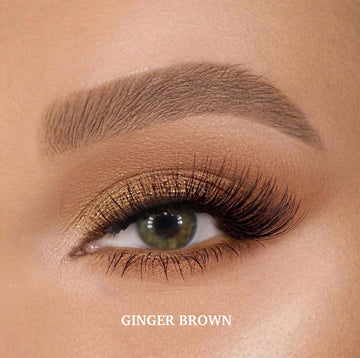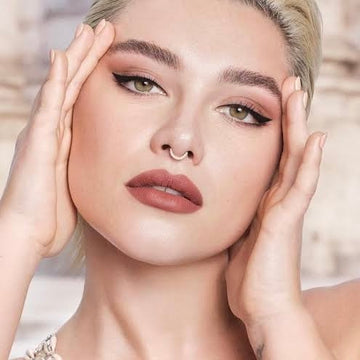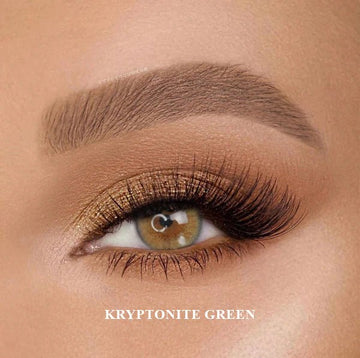Cheap vs Premium Contact Lenses: What’s the Difference? And Is It Worth Paying More?
Ever wondered why some coloured lenses look fake and others just melt into your eyes naturally? This guide will help you understand the real difference between cheap vs premium coloured contact lenses and why so many choose Otaku for that true-to-life finish, without the luxury price tag.
1. Price doesn’t always equal performance but it’s a good indicator
While some cheap lenses may seem like a steal, the savings often come at a cost — comfort, realism, or safety. Premium lenses, like Otaku, sit around the $40-$60 AUD mark (compared to brands like Solotica, which retail for $150 AUD+), offering high-end quality without the heavy price tag.
2. How the colour is printed matters more than you think
Here’s where the difference really shows. Cheap lenses often use flat, one-dimensional printing — colour printed in a single layer, sometimes off-centred, often overly pixelated. This leads to harsh, unrealistic contrasts and colour that "floats" awkwardly on top of the eye.

3. Why multi-layer colour printing matters
Think of cheap lenses like a single coat of paint — bold and flat. In contrast, premium lenses use multi-layer printing, adding depth and dimension. It’s like an artist layering shadow, light, and detail to create a realistic portrait.
Each layer in a premium lens design enhances something: warmth, pattern, limbal shading. Together, these build a more believable, blended effect that doesn’t just sit on your eye — it moves with it.


On the right image color lenses is: Otaku lenses in Exotic Grey.
4. Natural patterning is everything
Cheap lenses often miss the mark with their iris pattern — overly sharp edges, unrealistic radial lines, or even off-centre prints. Some don’t mimic the natural spacing and structure of a human iris at all.
Premium lenses, like Otaku, take inspiration from real eye patterns — with delicate iris detailing, soft fades, and balanced contrast. The result? A lens that enhances your natural beauty without ever looking fake.

On the right image, she's wearing Green Olive. Can you see the difference?
5. Comfort and eye health are often compromised in cheaper lenses
Not all lenses are created equal when it comes to comfort. Cheaper materials may be less breathable, thicker, or less hydrating — all of which impact daily wear. Otaku lenses are designed with comfort in mind for up to 6–8 hours of wear, with high moisture content and FDA-approved quality standards.
6. Visual proof: Before and After

On the right, it's Otaku Ginger Brown

On the right, Otaku lenses in Smokey Greyyen
7. A natural-looking finish — even with bold colours
Whether you're going for hazel, green olive, or soft grey, premium lenses blend with your eye’s undertone instead of masking it. That’s why Otaku colours like Lover Cloud and Crystal Moonlight are top picks — they enhance, not overpower.
Side-by-side Comparison (Meme Style)
 |
 |
On the right, the blue otaku contacts are Otaku Honeymoon Ocean.
Frequently Asked Questions – Understanding the Real Difference
1. Are cheap coloured contact lenses safe?
Many low-cost lenses are made using basic materials or outdated printing methods. While not all are unsafe, they often lack certification or consistent quality control. Premium lenses are designed for better eye health, often made from FDA-approved materials with a focus on moisture retention and oxygen permeability. Brands like Otaku follow these premium standards while offering affordability.
2. How can I tell if coloured lenses are high quality?
Look for features like multi-layer colour printing, soft limbal shading, a smooth iris pattern, no pixelation, and good hydration. Premium lenses are crafted to blend naturally and wear comfortably all day. Otaku lenses are tested for these standards and are accessibly priced compared to many luxury alternatives.
3. Why does the colour look “off” in some lenses?
Cheap lenses often use flat, overly saturated colours or mismatched tones that create a cartoonish or artificial look. Premium lenses build up colour through layers that mimic shadow and light, resulting in a more natural finish. This layered technique is used in high-quality brands to replicate the way real irises reflect light.
4. What makes the colour in premium lenses more realistic?
It comes down to technique. Imagine painting a portrait — one flat coat looks lifeless, but multiple translucent layers create richness and depth. Premium lenses use similar methods with layered pigments to achieve a true-to-life result. This attention to realism is key to why they stand out, especially for dark eyes.

5. Do expensive lenses make a difference in wearability?
Yes. Premium lenses are designed for long-term comfort and better hydration, while cheaper alternatives may dry out quickly or move around the eye. The result is not just a better look — but a better feel throughout the day. Brands focused on wearability often use silicone hydrogel and high-moisture designs.
6. What are premium lenses?
Premium lenses are coloured contacts made with advanced printing, soft finishes, and high-quality materials. They're crafted to enhance the eye naturally without looking fake or overly bright. They’re often preferred by those who want a natural enhancement that works with their existing eye colour and skin tone.
7. Are cheap lenses safe to wear daily?
It depends. Some budget lenses can be safe, but others may skip key safety checks. They may irritate eyes, reduce oxygen flow, or degrade faster. Premium lenses are built with consistent safety standards and are more suitable for extended wear.
8. Do premium lenses always have a limbal ring?
Not always. Some have a soft limbal ring for definition, others none at all. Lower-quality lenses might have harsh, thick, or uneven rings that look unnatural. Premium lenses are usually designed to enhance the eye shape without overpowering it.
9. What’s the difference between branded and non-branded lenses?
Branded lenses are typically manufactured with regulated processes, traceable materials, and consistent quality. Non-branded or off-brand lenses may vary widely in quality and safety. Branded options also offer customer service and verified testing. If you're shopping smart, branded is usually the safer route.
10. Which contact lenses are best for quality and appearance?
Those that balance both visual effect and comfort. Premium lenses do this by using realistic colour layering, breathable materials, and clear print placement. If a lens makes your eyes feel tired or the design looks too bold or pixelated, it’s likely not premium quality. High-quality lenses should feel like a second skin.

Final Thoughts – Cheap vs. Premium Lenses
Choosing between cheap and premium coloured contact lenses isn’t just about price—it’s about safety, comfort, and how real you want your eyes to look. While cheap lenses might seem like a deal, they often lack hydration, layered pigment depth, and soft limbal ring design that makes premium lenses like Otaku stand out.
You Might Also Like:
-
Can You Cry, Shower, or Swim While Wearing Your Contacts?
Learn what’s safe and what’s risky when it comes to water and contact lenses. -
The 7 Rarest Eye Colors in the World – Ranked (Plus the Best Lenses to Match)
Discover which rare eye tones exist—and how to recreate the look using Otaku lenses. -
Dark Brown Eyes – What Makes Them Unique + Best Contacts to Enhance Them
Explore which colours pop best on deep brown eyes, with before-and-after images. -
The Dos and Don’ts of Wearing Coloured Contact Lenses
Your ultimate safety and style checklist for getting the most out of your lenses.
If you found a lens colour you loved in this post, you can click the product name to explore more. Each image above shows real-life wear to help you make a confident choice.





